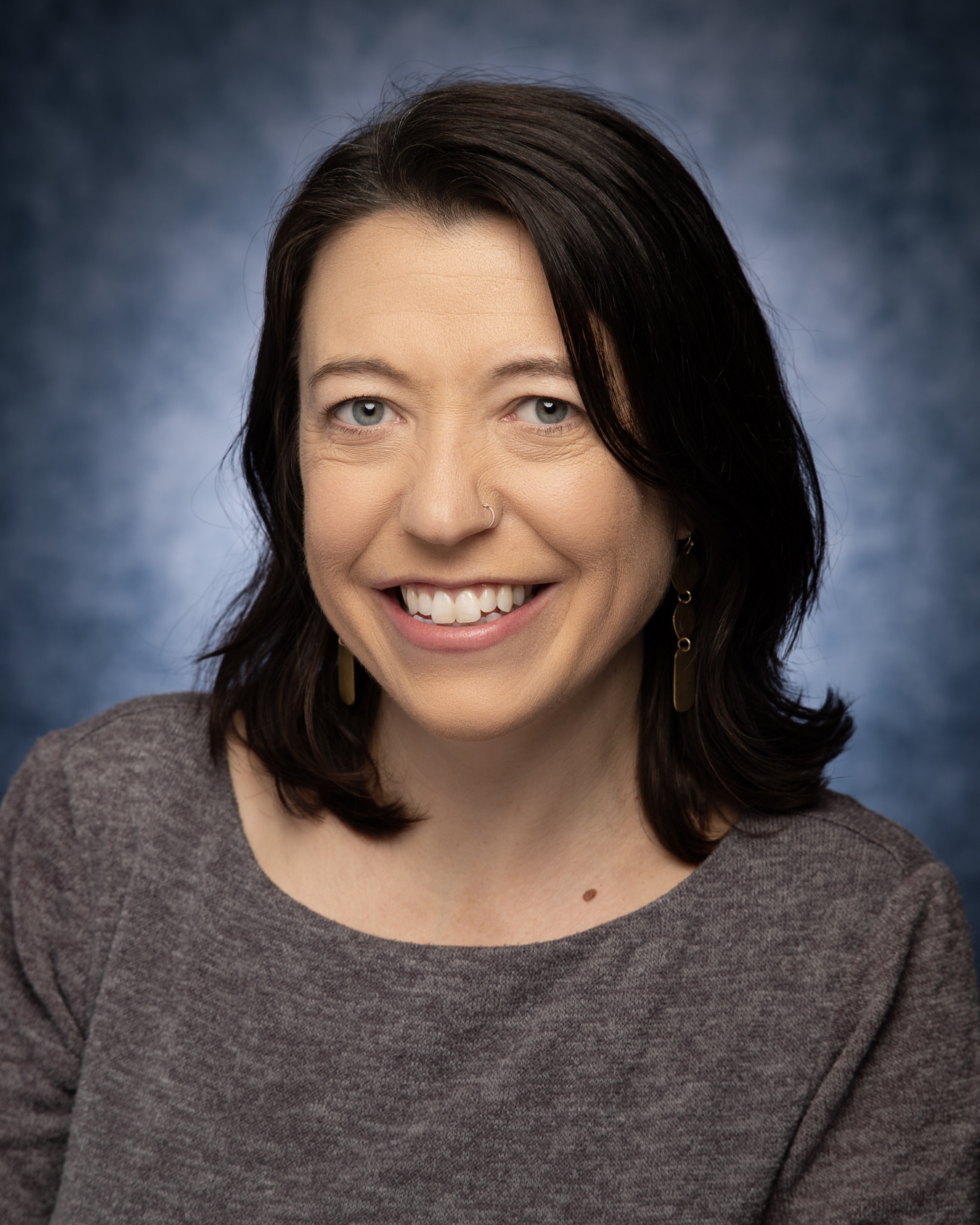During National Engineers Week (February 18 – 24), learn more about engineering careers and their work.
February 23, 2018Google image search the word ‘engineer’ and you’ll see mostly men in hard hats. That’s not exactly what the face of engineering looks like in reality, though. Engineering is more than construction design and supervision. During National Engineers Week (February 18 – 24), learn more about engineering careers, the game-changing inventions and work engineers make possible, and the Energy Department’s opportunities to discover your engineering future: turning ideas into reality.
What’s Engineering, Anyway?
At the Energy Department, you can find:
- Mechanical engineers. This is one of the broadest types of engineering. Things you’d do as a mechanical engineer include create machines, test engines and building systems, make prototypes, design items like wind turbines and systems, analyze data on equipment operations, and reduce energy costs. Check out our Career Map to learn more.
- Electrical engineers. If you’re an electrical engineer, you might be designing electric motors, figuring out new ways to use electrical power to improve products, inspecting electronic equipment for safety and reliability, creating better electrical systems, or testing software. Here’s our Career Map for more information.
- Civil and environmental engineers. These engineers handle building design, construction activities, and can use things like computer-aided design systems to prepare construction drawings and blueprints. Civil engineers create new structures and connecting communities. Energy projects in this category include upgrading wastewater treatment infrastructure, creating biorefineries to convert biomass to affordable biofuels, and designing energy initiatives. Look at the Career Map for more information.
- Chemical and biological engineers. If you go into this type of career, you’ll tackle processes that use living cells, thermodynamics, chemical catalysts, fuel refining, microorganisms, and biological molecules to make things like biofuels, coal-water fuel technology, and other products. Get more info at our Career Map.
Exploring Engineering with the Energy Department
- Take a look at the engineering staff in our Women @ Energy series – with our search page you can view profiles of women in engineering across our National Laboratories, and read their tips for getting into engineering.
- Read stories about engineers at the Labs, like in these features about Idaho National Laboratory engineers Erin Searcy, Amanda Gates, and Janine Lambert.
- Middle schoolers in New Mexico can race over to our Electric Car Challenge with the Los Alamos National Laboratory, Sandia National Laboratories, and Albuquerque Public Schools. You’ll design, build, and race a battery-powered electric car.
- High school students near Chicago should check out the Autonomous Vehicle Competition and Science Careers in Search of Women – all programs or Argonne National Laboratory designed to get you doing hands-on engineering work outside of the classroom with our STEM experts.
- Undergraduate students can apply for the Science & Engineering Programs for Women and Minorities summer internship experience at Brookhaven National Laboratory in New York. You’ll be mentored by our staff, pursue research, and be part of the ground-breaking work at Brookhaven on their nuclear and particle physics research.
- Redesign a Chevrolet Camaro with the EcoCar Challenge, a competition for university teams across the country. You’ll deliver maximum performance, energy usage, and high safety standards – plus test your engineering chops against a national playing field.
- Intern at the esteemed Los Alamos National Laboratory in New Mexico with Future Females in Engineering program. Undergraduate engineering majors embark on an eight-week summer internship program, plus the Lab pays for graduate education through a Masters’ degree in engineering and you’ll head back to the Lab after graduation to start your career as a Female Leaders in engineering.
AnneMarie Horowitz

AnneMarie Horowitz is the Chief of Staff for the Arctic Energy Office. She joined the Arctic Energy Office in May 2023, and previously served as the Acting Communications Director until September 2023. AnneMarie has been with the Energy Department since 2010, and was previously on the digital team of the Office of Public Affairs, where she managed digital projects and internal employee communications efforts. AnneMarie was the Digital Communications Manager from March 2023 - September 2023 for the Department of Health and Human Affairs' Public Education Campaign, We Can Do This, to share information about the COVID vaccine.
AnneMarie founded two active employee resource groups at the Department of Energy: POWER (Professional Opportunities for Women in Energy Realized) and the Emerging Professionals Group. From 2015 - 2017 she served as the Special Advisor on workforce issues for Deputy Secretary of Energy Dr. Elizabeth Sherwood-Randall. She has also previously worked in the Under Secretary for Management and Performance and the Office of Economic Impact and Diversity.
AnneMarie created the STEM Rising: Women @ Energy series, featuring profiles of women from the agency who work in STEM careers. She was critical to establishing the Equality in Energy Transitions Initiative, a dual-hatted effort of the International Energy Agency and the Clean Energy Ministerial to advance the transition to a clean energy economy by engaging more women in clean energy, and is involved with the U.S. C3E Initiative as an award reviewer and communication. During the Obama Administration she was a DOE designee to the White House Council on Women and Girls. AnneMarie was a U.S. delegate to the APEC Women in the Economy Forum in 2014 in Beijing, China.
AnneMarie has a BA in Political Science from the University of Portland and a Masters of Government from Johns Hopkins University. She resides in Philadelphia.

